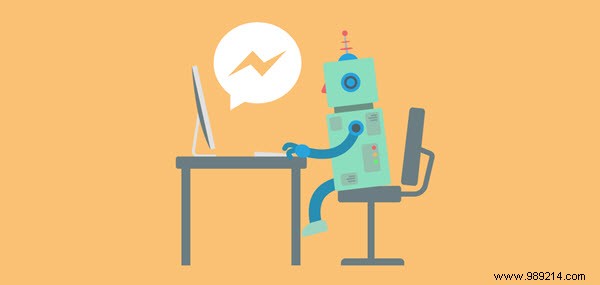When was the last time you walked into a store and they ran out of what you needed?
This is happening less and less these days, as the supply chain is increasingly managed by computer algorithms called artificial intelligence. The AI has all the data on vendor sales patterns and velocity. He can order items before they sell out without having to invest in expensive overages that didn't yet need to be ordered.
This not only helps stores make sales, but also helps keep prices low for customers. In just two years, the use of AI in retail has increased by 200%, but adoption is still relatively low.
What's Good About AI in the Consumer Goods Industry?
Currently, the adoption of AI varies widely by retail industry. Some places where it can help the most — like reducing food waste in grocery stores — are still some of the lowest in the industry. What is behind the reluctance to adopt this revolutionary technology?
By industry, AI adoption percentages:
Only 15% of companies say their business spearheads the development of AI systems. Why not invest more?
Many companies say AI can improve their business, but they simply don't know how to implement it or they can't justify the upfront expense associated with it. But even with current technology, AI can increase customer satisfaction by 9%, reduce complaints by 8%, and reduce customer churn by 5%.
Should companies invest more in this emerging technology to keep up with their competition?

Walmart's "smart retail lab," called IRL, has the ability to streamline many tasks that typically take up a lot of worker time. In the past, to find out which items were out of stock on a shelf, workers had to walk through the store noting empty spaces.
Now AI takes over that task, immediately alerting workers to what's going on so they can skip a step and go straight to restocking shelves. In IRL, there are also displays throughout the store that can answer common product questions. This will allow workers to take care of the human side of things while artificial intelligence takes care of the mundane but necessary tasks.
It's not just Walmart jumping on the AI bandwagon. Brown-Forman unveiled its “Whisky Whisperer” that can teach consumers about whiskey. He can provide them with cocktail recipes and make recommendations for other products based on what they already like. H&M has a system that allows users to send a link to something they like and the automated system can create an outfit around it.
In the future, cameras and robotics will come in handy to streamline the shopping experience. Customers can enter the store and place items directly in their bags and exit – cameras and AI track what is taken and charge the customer accordingly. AI can also be used to make personalized recommendations to customers, especially in the case of food allergies and sensitivities and other health needs where shopping can be such a hassle.
See also:How to boost your business with influencer marketing chatbots

By 2021, artificial intelligence will manage more and more customer interactions, increasing by around 400% from current levels. Predictive AI can change signage and fast food offerings based on things like weather, traffic patterns, and time of day.
Artificial intelligence can improve customer service efficiency by identifying customers when they shop and making recommendations based on their past shopping habits. Enterprise AI can make predictions about consumer behavior to plan better sales forecasts as well as productivity.
See also:Adjusting Your Business Mindset for the AI Economy
Retailers already have a lot of data about customers and their spending habits and patterns. What they do with that data in the future can determine whether their business is viable in the future. Retailers have the tools to take it to the next level, but adoption is still slow.
Learn more about AI adoption in retail and consumer goods from the infographic below. Can AI save commerce from its coming apocalypse?
